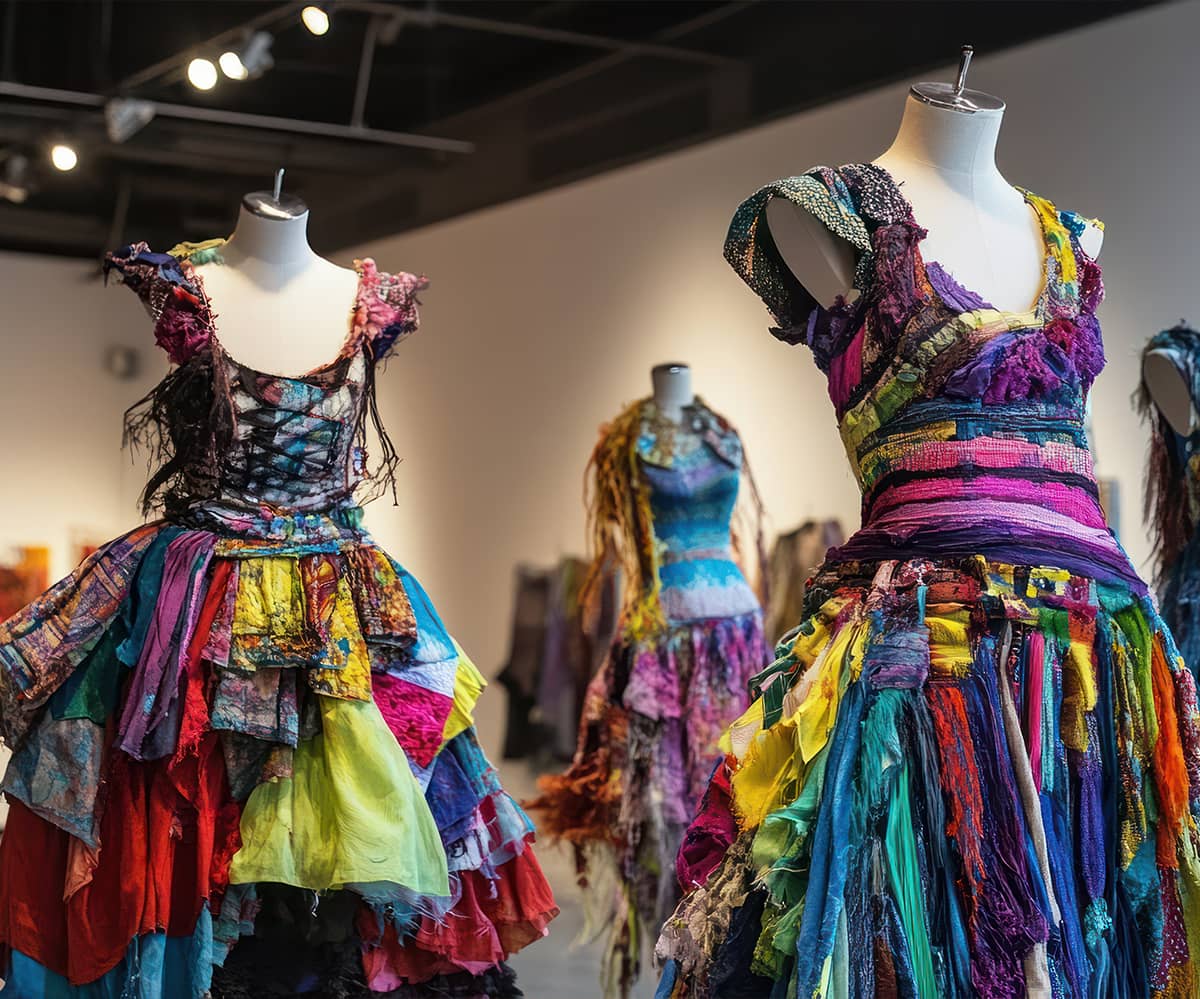The Importance of Art Galleries: More Than Just Display Spaces
Art galleries serve as sanctuaries for creativity, hubs of community interaction, and places where culture thrives. In an increasingly digital age, these physical spaces hold an irreplaceable role in connecting people with art on a deeper level. Here’s why art galleries are vital to society and to fostering a lasting appreciation for art.
1. Celebrating Cultural Heritage
Art galleries often feature works that reflect a region’s cultural identity and history. By hosting pieces from local and international artists, galleries showcase the rich tapestry of human experience, helping to preserve cultural heritage. Whether it’s a collection of traditional paintings, indigenous art, or contemporary interpretations, galleries connect us to the past, making cultural knowledge accessible and engaging.
2. Supporting Emerging Artists
For artists just starting, galleries are crucial platforms that offer exposure and credibility. Showcasing their work in a gallery not only increases their visibility but also enables them to connect with art lovers, collectors, and potential patrons who might otherwise never discover their talents. By offering mentorship, exhibitions, and residencies, many galleries actively nurture the careers of budding artists.
3. Encouraging Community Engagement
Art galleries provide a space where people can come together to explore, discuss, and enjoy art. With events like exhibit openings, artist talks, and community workshops, galleries foster a sense of community around shared interests. These events encourage dialogue, provide educational experiences, and allow people from diverse backgrounds to interact and appreciate art collectively.
4. Inspiring Education and Critical Thinking
Many art galleries partner with schools, universities, and other educational institutions to offer guided tours and workshops, making art accessible to students of all ages. Art’s ability to evoke thought and emotion naturally promotes critical thinking, helping students—and all viewers—explore concepts like identity, history, and philosophy. These encounters can spark creativity, lead to personal reflection, and encourage a broader worldview.
4. Inspiring Education and Critical Thinking
Many art galleries partner with schools, universities, and other educational institutions to offer guided tours and workshops, making art accessible to students of all ages. Art’s ability to evoke thought and emotion naturally promotes critical thinking, helping students—and all viewers—explore concepts like identity, history, and philosophy. These encounters can spark creativity, lead to personal reflection, and encourage a broader worldview.
5. Providing a Break from the Digital World
In a time when so much of our lives are spent online, visiting an art gallery offers a refreshing escape from screens. Standing in front of a piece of art allows for a uniquely immersive experience where viewers can appreciate textures, colors, and scale that don’t translate through a screen. This sensory experience can be meditative, providing a chance to slow down, appreciate beauty, and immerse oneself in an artist’s world.
5. Providing a Break from the Digital World
In a time when so much of our lives are spent online, visiting an art gallery offers a refreshing escape from screens. Standing in front of a piece of art allows for a uniquely immersive experience where viewers can appreciate textures, colors, and scale that don’t translate through a screen. This sensory experience can be meditative, providing a chance to slow down, appreciate beauty, and immerse oneself in an artist’s world.
6. Promoting Economic and Cultural Growth
Art galleries contribute to the local economy by attracting tourists and supporting artists and local businesses. Galleries create job opportunities for curators, artists, educators, and administrative staff, enriching the local economy. Furthermore, a vibrant art scene often draws other cultural and creative businesses, sparking growth and making cities more appealing places to live and visit.
7. Nurturing Emotional and Mental Well-being
Art has a unique ability to evoke emotions and offer solace, serving as an emotional outlet for both creators and viewers. Galleries, as dedicated spaces for art, provide visitors a place to process emotions, feel inspired, or simply relax. Studies have shown that art can have a positive impact on mental well-being, reducing stress and fostering positive emotions, making galleries places of quiet respite and reflection.
Conclusion
Art galleries are not just places to look at art—they are spaces that celebrate diversity, spark education, and bring communities together. By bridging past and present, encouraging creativity, and nurturing well-being, art galleries remain vital pillars of cultural life. Supporting these spaces ensures that art continues to flourish as an accessible, enriching part of our lives for generations to come. So, the next time you see a gallery nearby, consider stepping inside; there’s an entire world waiting to be explored.




